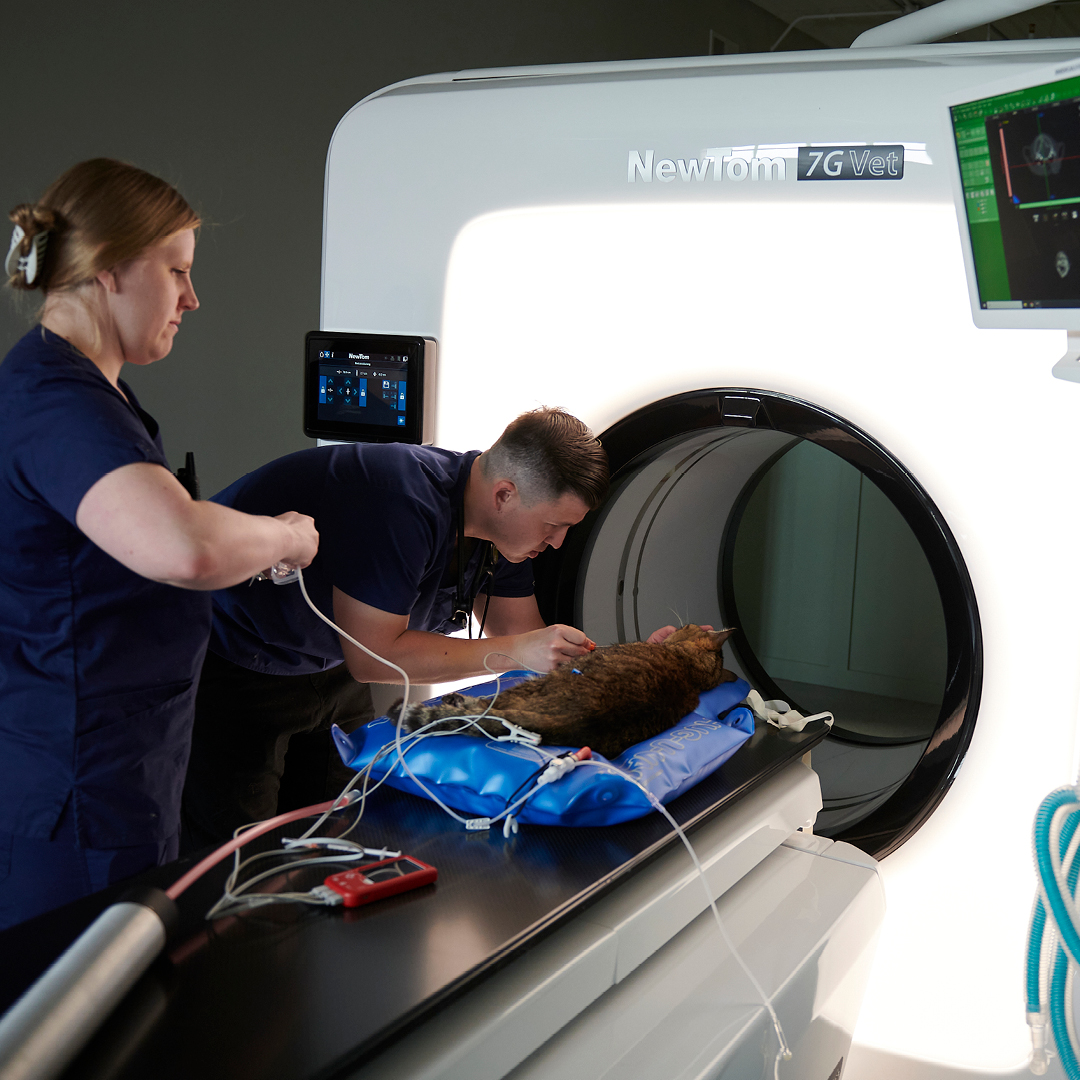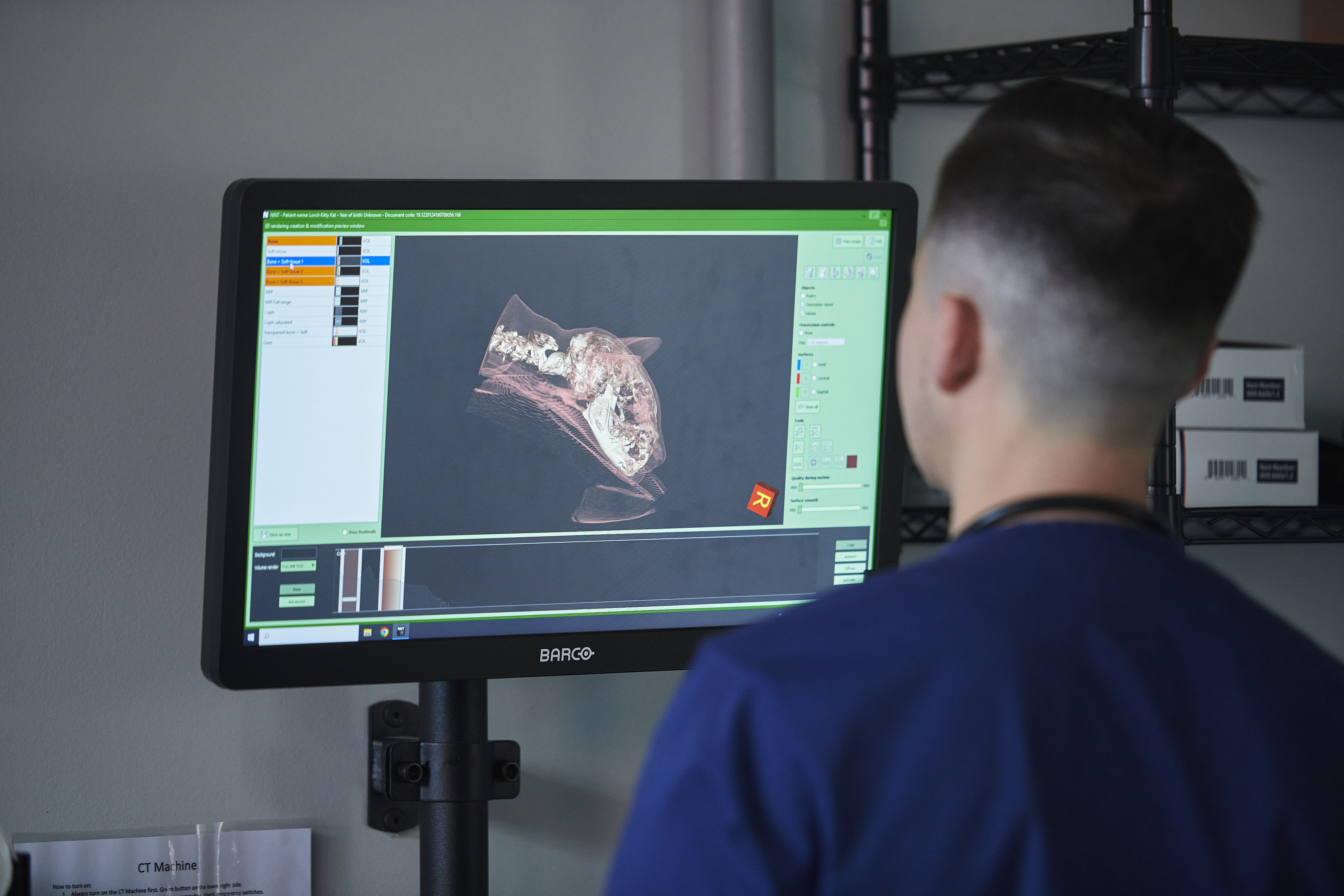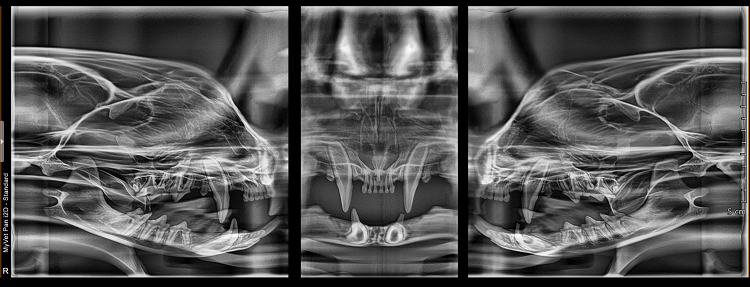The truth is more complicated. Outdated imaging equipment comes with a series of hidden costs – costs that creep into diagnostics, staff efficiency, patient care, and ultimately, your bottom line. Some of these costs are obvious (like repair bills), but many are harder to spot until they’ve already drained significant time and resources.
So what’s really at stake when you keep using aging technology?
The Equipment Still Lurking in Practices
Walk into almost any general practice, and you’ll likely find X-ray tables older than some of the staff, ultrasound units struggling with clarity, and digital radiography (DR) panels that are long past their intended lifespan.
Ultrasound machines in particular are notorious for falling behind quickly. Even if they still function, their image quality can’t keep pace with newer systems – and when diagnostic precision depends on crisp imaging, “good enough” simply isn’t good enough.
And while a sturdy X-ray table might last decades, DR panels typically degrade after 5 to 10 years. The image may still be visible, but subtle details can be lost – sometimes details that make the difference between catching a condition early and missing it entirely.
Why Practices Hold On
If the drawbacks are so significant, why do so many practices keep old equipment in play? The most common reasons are cost and comfort.
Replacing imaging equipment feels like a major investment, and many veterinarians are reluctant to “fix what isn’t broken.” There’s also a learning curve with new systems, and practice teams are understandably wary of disrupting their workflow.
But this mindset overlooks a critical reality: the longer you delay replacement, the more hidden costs accumulate. Repairs, downtime, inefficiencies, and diagnostic limitations can all quietly erode both revenue and reputation.
What Those Hidden Costs Look Like
The risks of outdated equipment aren’t limited to inconvenience. They often show up in ways that directly affect your practice’s health:
- Downtime and lost appointments from unplanned repairs
- Reduced diagnostic confidence due to subpar image quality
- Slower workflows that create bottlenecks in busy practices
- Inability to adopt new protocols that rely on advanced imaging capabilities
- Erosion of client trust when diagnoses are delayed or procedures need to be repeated
The Upside of Modern Imaging
On the flip side, upgrading imaging equipment delivers benefits that go far beyond sharper pictures. Modern systems are designed for speed, efficiency, and patient comfort – and they open doors to new diagnostic possibilities.
Consider dental imaging. A full-mouth series with a traditional system can take 20 minutes. A panoramic unit completes the same task in 5. If your practice does several dentals a day, that time saved adds up fast – often enough to add another procedure to the schedule.
- Newer imaging technology also empowers practices to:
- Expand diagnostic capabilities with advanced CT
- Streamline workflows with floor-level X-ray systems that reduce patient stress
- Detect conditions earlier with panoramic dental imaging
- The result? Faster turnaround, improved patient care, and new revenue opportunities.
Beyond ROI: Culture and Confidence
It’s easy to think of imaging as just another piece of equipment. But in reality, it influences everything from clinical outcomes to team morale.
When staff have access to tools that are modern, reliable, and easy to use, they work more efficiently and feel more confident in the quality of care they’re delivering. That confidence extends to your clients, who notice when their pet’s diagnosis is clear and their appointment runs smoothly.
And yes, the financial ROI is real. Practices often find that new imaging equipment pays for itself more quickly than expected – sometimes within months – once inefficiencies and lost cases are accounted for.
Seeing the Difference for Yourself
Like smartphones and TVs, imaging technology evolves quickly. The difference between a 10-year-old ultrasound and a new model can be as dramatic as comparing a tube television to a 4K screen.
Practices that make the switch often describe it as an eye-opening experience. Subtle details that were once invisible suddenly become obvious. Entire categories of cases that once required referral can now be handled in-house. And that “false sense of security” from relying on older images is replaced with true diagnostic confidence.
Don’t Let Old Equipment Hold You Back
If your practice is still working with equipment that’s more than a few years old, it may be time to ask a hard question: Is it saving you money, or is it quietly costing you far more than you realize?
Modern imaging technology is smarter, faster, and more affordable than many assume. But the biggest benefit may be peace of mind – knowing that your team has the tools to deliver the best possible care.
Share
Related blogs

Top Digital Imaging Trends for 2026
The future is now as veterinary imaging sees several emerging technologies, ones which may reshape how veterinarians diagnose and treat disease. Not only is imaging evolving but a rise in the number of general practices adopting in-house CT systems as part of their diagnostic capabilities is being reported. Learn more about these advancements and what they can mean for you in 2026.

Digital Imaging Buyers Guide
In today’s veterinary world, digital imaging is no longer a luxury – it’s a necessity. But with so many systems, features, and price points to choose from, finding the right fit for your practice can feel overwhelming. In our latest white paper, two industry experts and advanced imaging consultants share practical advice, hard-earned lessons, and key questions to ask before you invest. Here’s a sneak peek at what they had to say.

Full-Mouth Dental Radiographs: New Unit Captures Images in 20 Seconds
Full-mouth dental X-rays, faster than ever, and the highest quality resolution? Technology has come a long way, and #DentalMonth is the perfect time to share an overview of the impressive new Pan i2D system for dental X-rays.
